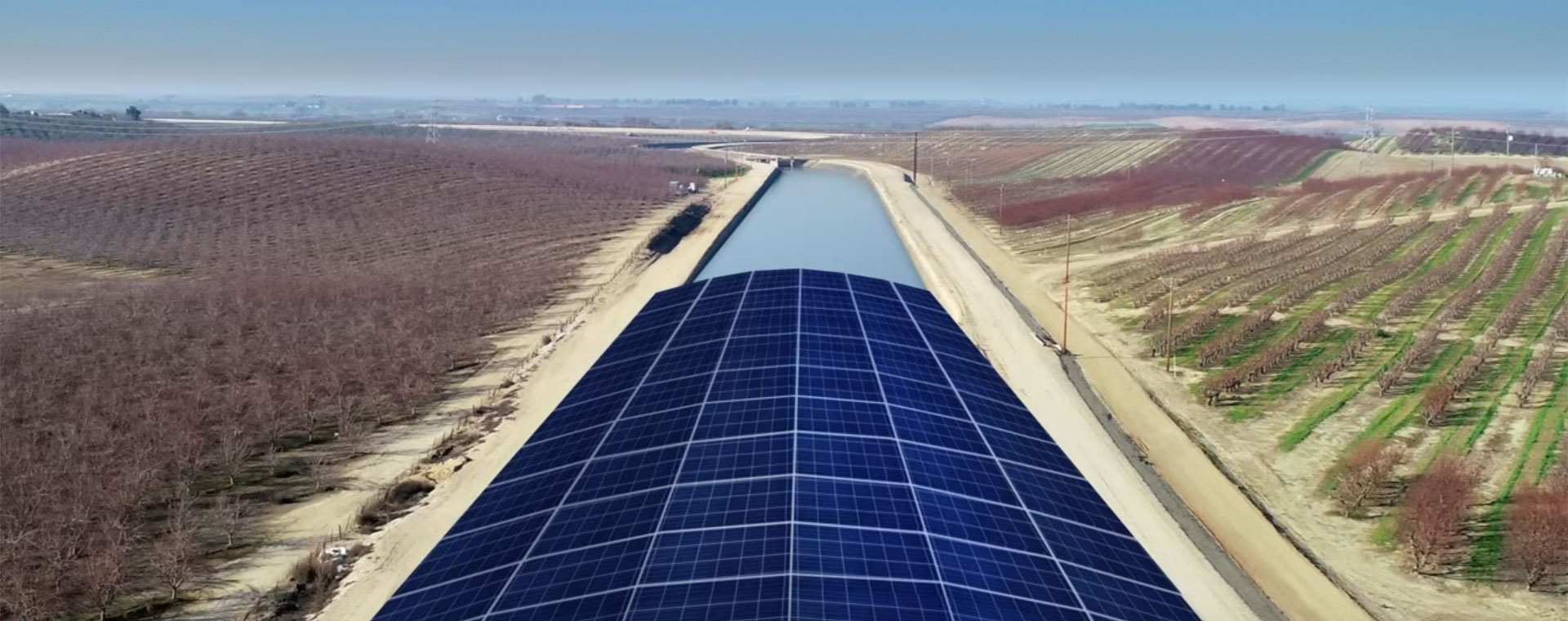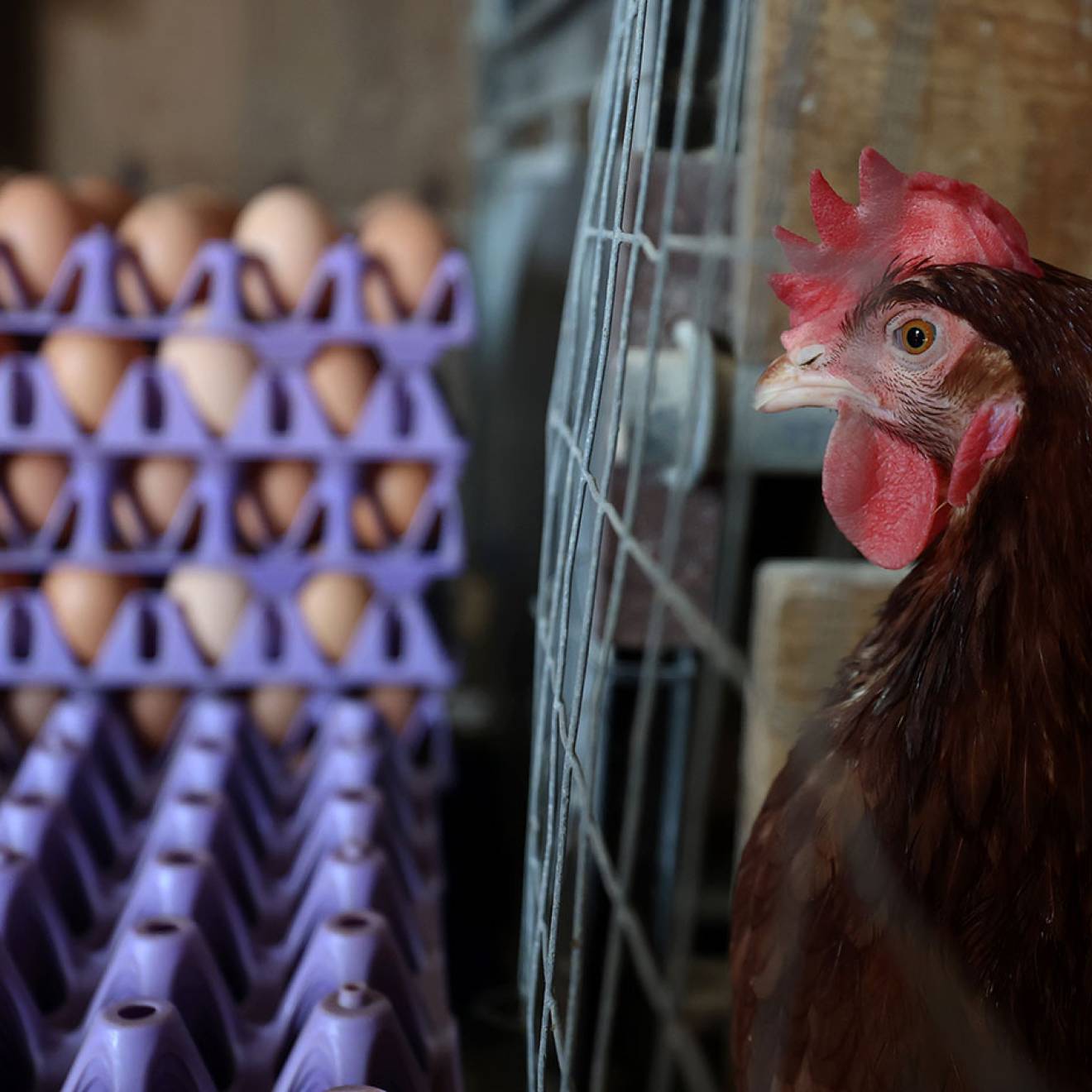The 29th annual U.N. climate convention, or COP29, kicks off this week in Azerbaijan. Representatives from nearly 200 nations will spend the next two weeks negotiating goals for curbing greenhouse gas emissions and dealing with upheaval caused by climate change
Nearly three decades in, these annual meetings have gotten humanity pointed toward a more livable future. But many experts say the stately pace of change and modest scope of actual commitments have yet to catch up to the escalating destruction caused by a warming climate. “We’re making a lot of progress, but we're not yet solving the climate problem,” said David Victor, professor of public policy and co-director of the Deep Decarbonization Initiative at UC San Diego in an interview with KPBS. “Emissions are still going up. They have to come down.”
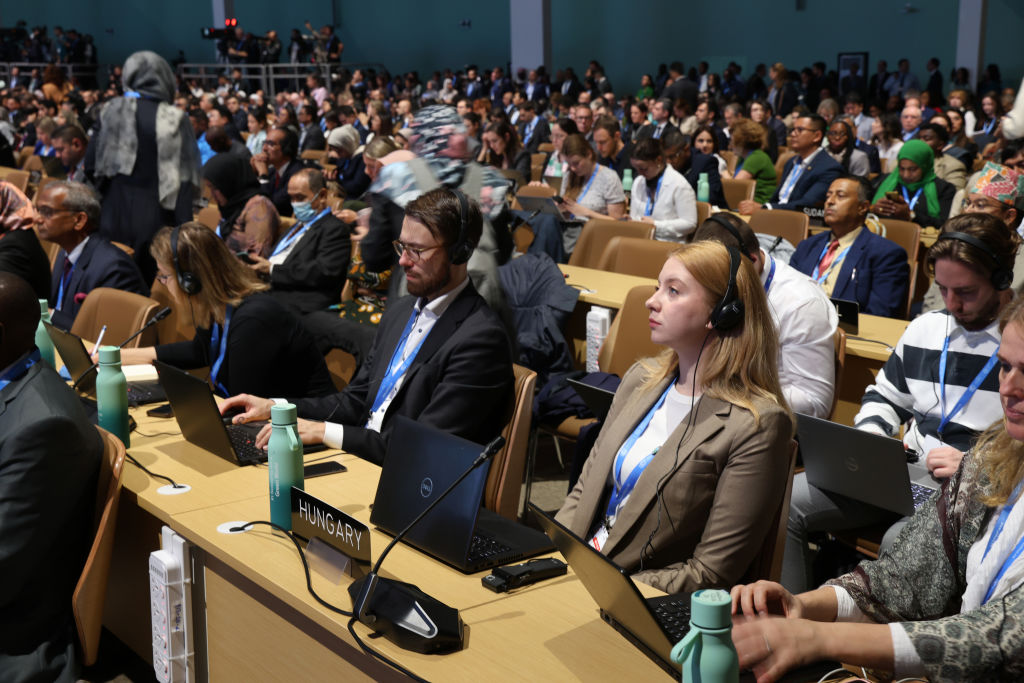
Thankfully, Californians aren’t waiting for global governments to act. Regardless of the outcomes from COP29 and the role of the federal government in global and national climate policy going forward, California and UC are working flat out to solve the climate crisis. The state has passed some of the world’s most ambitious and effective greenhouse gas emissions laws. And even since the last time global delegates met for COP28 in Dubai, the University of California has generated a burst of new solutions to some of the thorniest climate challenges we face.
If news from Azerbaijan has you looking for signs of urgent climate action, look no further. Read on to learn about 10 of the biggest climate breakthroughs to come out of the University of California in the past year.
1. An easier way to bulk up the electricity grid
America’s energy sector has seen two promising trends in recent years: utility companies are generating more clean electricity, and more people are switching from fossil fuel-powered cars and appliances to zero-emissions electric options. But there’s a catch: the electrical grid isn’t big enough to deliver to customers all the new clean power coming online. And the standard approach to adding grid capacity — building more towers to run more and bigger wires — is expensive and takes a long time.
In a study published in September 2024, UC Berkeley scientists found a way to break through the bottleneck. Rather than build a bunch of new transmission towers and lines, utility companies could upgrade the lines on existing towers, swapping out the steel-core lines manufactured in the 20th century for state-of-the-art carbon fiber instead. This relatively quick and affordable fix could double transmission capacity in the U.S. within a decade and save ratepayers $85 billion.

“We were pretty astonished by how big of an increase in capacity you can get by reconductoring,” Amol Phadke, senior scientist at the Goldman School of Public Policy at UC Berkeley, told the New York Times. “It’s not the only thing we need to do to upgrade the grid, but it can be a major part of the solution.”
2. The ‘no-brainer’ solution to expanding solar energy
As renewable energy infrastructure expands, it’s running into rising opposition from people who don’t want to lose farmland, habitat or views to giant wind and solar farms. A January 2024 study from the Lawrence Berkeley National Lab, funded by the U.S. Department of Energy, found that community opposition has helped tank about a third of all wind and solar projects proposed in California in the past five years.
UC Merced researchers are joining an effort to ease solar siting woes. In April 2024, a project was announced to build solar panels over a stretch of the Delta-Mendota Canal in Merced County. Funded in part by the U.S. Department of the Interior through the federal Inflation Reduction Act, the project demonstrates a new approach to siting solar panels that has less effect on farmland and habitat, and that also saves water by preventing evaporation. UC Merced is also part of the state-funded Project Nexus, the first pilot project in California to build solar arrays over canals, with Turlock Irrigation District in Stanislaus County.
UC Merced researchers found that building solar canopies over all 4,000 miles of California’s agricultural canals could generate 13 gigawatts of electricity, enough to power a city the size of Los Angeles for nine months a year and more than half of the new solar power we’d need by 2030 to meet the state’s decarbonization goals. And covering canals could save enough water to meet the annual demands of 2 million people. “This is a no-brainer. This is common sense,” said Calif. Governor Gavin Newsom at a groundbreaking ceremony.
3. Eliminating carbon emissions from concrete
About40 percent of the carbon released into the atmosphere each year comes from our buildings, including eight percent from making new cement, a key ingredient in concrete. This year, engineers at UCLA invented a way to make cement almost carbon-free.
Traditional cement manufacturing involves decomposing limestone in a kiln heated by coal or natural gas. As it breaks down, the limestone releases a lot of carbon, and the kiln devours fossil fuels, emitting even more. The new method, which its inventors named ZeroCAL, dissolves the limestone in water. This avoids emissions from firing the kiln, and the carbon in the limestone can be filtered out of the solution, instead of being released into the air as a gas. The whole process is designed to work with existing cement plants, meaning the switch could be made quickly and affordably.
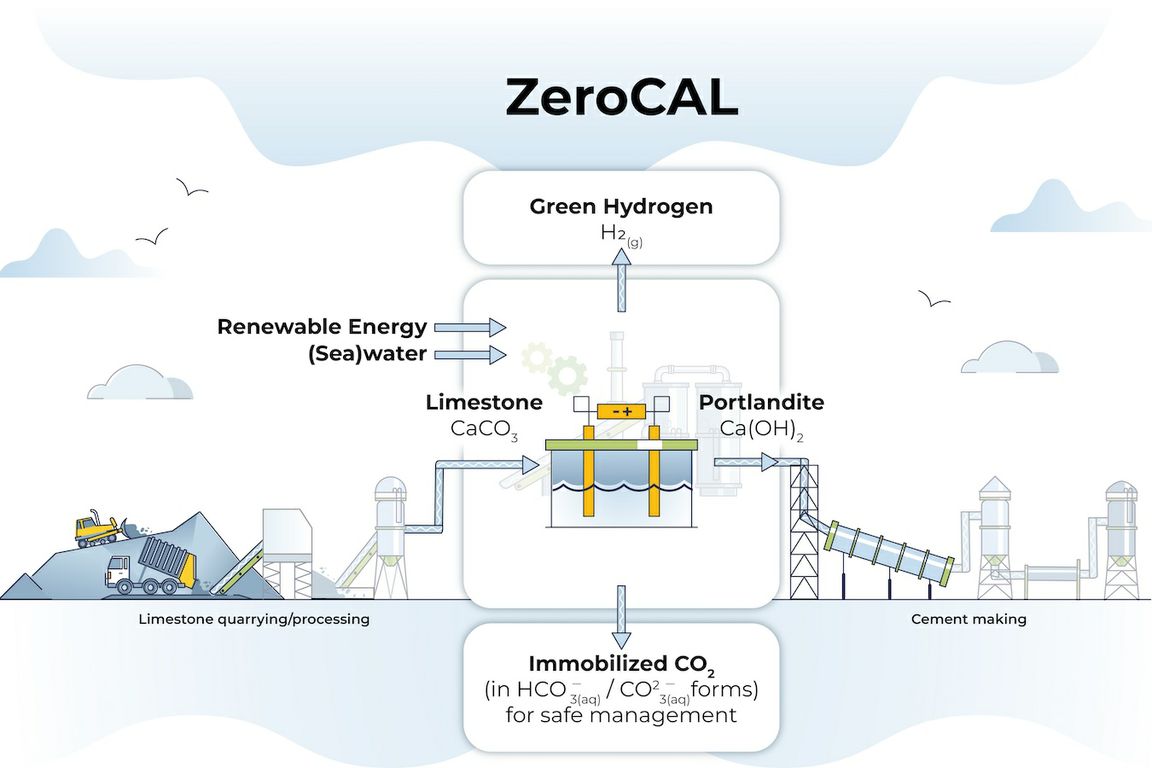
“Mitigating climate change demands urgent, paradigm-shifting actions across many areas to decarbonize our society,” said ZeroCAL co-inventor Fabian Rosner, an assistant professor of civil and environmental engineering at UCLA whose research is funded in part by the U.S. Department of Energy. “We believe the ZeroCAL process offers a unique pathway to enable accessible and rapidly scalable decarbonization of cement production in a way we have not previously considered.”
4. Jump-starting California’s hydrogen economy
Another quarter of humanity’s annual greenhouse gas emissions comes from transportation. Switching out gas-powered cars for electric vehicles could eliminate about half of the carbon emissions attributable to transportation; National Science Foundation-supported research from UC Berkeley published in April shows the state’s lead in electric vehicle adoption is already lowering local carbon emissions. But other types of transport, like big rigs, cargo ships and planes, don’t lend themselves to existing battery technology.
One possible solution to heavy duty transport decarbonization is hydrogen: when it’s fed into a device called a fuel cell, hydrogen generates electricity and emits only heat and harmless water vapor. Energy experts say hydrogen has great potential to cut global carbon emissions from heavy transport and keep pollutants out of our air and water, but the technology hasn’t caught on in the U.S.
Thanks to UC, that’s finally starting to change. In July, the U.S. Department of Energy launched an effort to jump-start California’s hydrogen industry. The Alliance for Renewable Clean Hydrogen Energy Systems, or ARCHES, will steer an estimated $12 billion to jump-start a coordinated network of hydrogen fuel producers, purveyors and consumers up and down the state.
Some of the world’s leading hydrogen experts work at UC, and the university led the campaign to establish ARCHES. Altogether, the projects will eliminate 2 million metric tons of carbon emissions every year, equivalent to taking 445,000 gas-powered cars off the road. They’ll create over 200,000 new good jobs. And by swapping diesel combustion engines spewing toxic exhaust for zero-pollution fuel cells, Californians will save nearly $3 billion in health care and related costs annually.
5. and 6. Two approaches to zero-carbon jet fuel
California’s growing hydrogen economy figures into a strategy proposed by UC Riverside engineering professor Mihri Ozkan to decarbonize air travel, which is responsible for nearly three percent of global greenhouse gas emissions. In a paper published in February, Ozkan proposed swapping conventional jet fuel for e-kerosene, which is made by combining carbon dioxide with hydrogen.

Electricity from renewable sources can generate hydrogen from water through a process called electrolysis, and the carbon dioxide and hydrogen can then be made into e-kerosene. It’s chemically identical to standard jet fuel, Ozkan notes, meaning there’s no need to modify existing aircraft to put e-kerosene into circulation.
The same month that Ozkan’s study came out, her colleague, UC Riverside Associate Research Professor Charles Cai, solved one of the biggest challenges to making jet fuel from plants. The promise of affordable, carbon-neutral biofuels has been held back at the first step, breaking down the tough material called lignin that gives plants structure. Cai discovered a simple, renewable chemical that speeds up lignin digestion. His breakthrough, supported by the U.S. Department of Energy, makes biofuel manufacturing cheap and easy enough to compete with jet fuel made from petroleum.
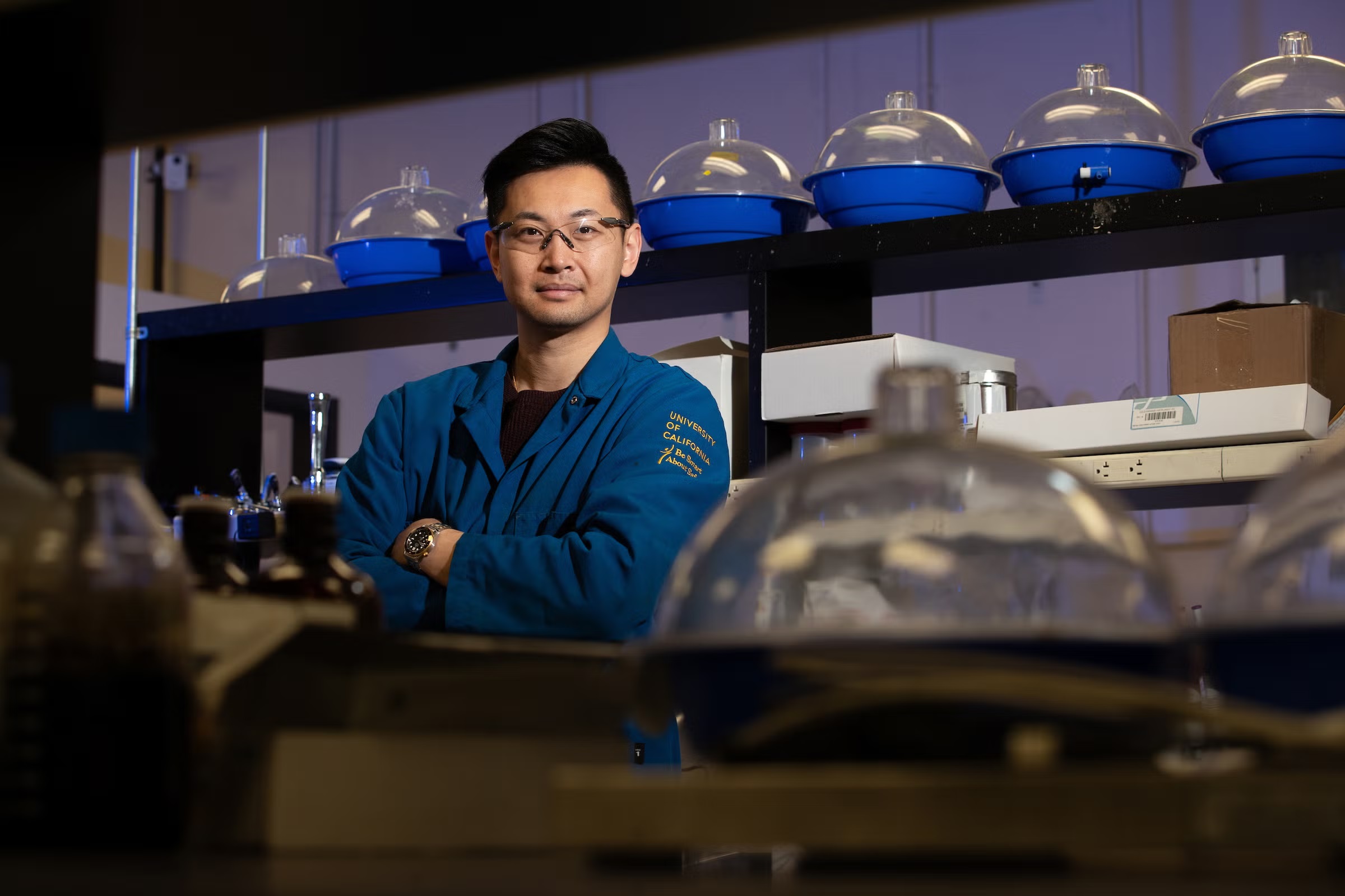
7. Transforming the land from carbon source to carbon sink
Plants continually pull carbon from the atmosphere and transform it into leaves and wood. As they decompose, they cycle carbon into the ground, where healthy soils can store it safely, making the land one of our most potent forces in the climate fight. And yet the ways we currently use land — to landscape our communities, grow food, raise livestock and harvest timber — currently account for over a fifth of the human-caused carbon emissions worldwide each year.
Take, for example, the bag of peat moss stacked on pallets outside your local hardware store. It’s a garden staple used to improve soil drainage, but most green thumbs don’t know that that peat might have taken millennia to get to their yards. It forms in bogs, where standing water prevents dead plants from fully breaking down. Carbon-rich plant material builds up in thick layers year after year. Peat mining operations interrupt this process, releasing thousands of years of stored carbon in a single go.
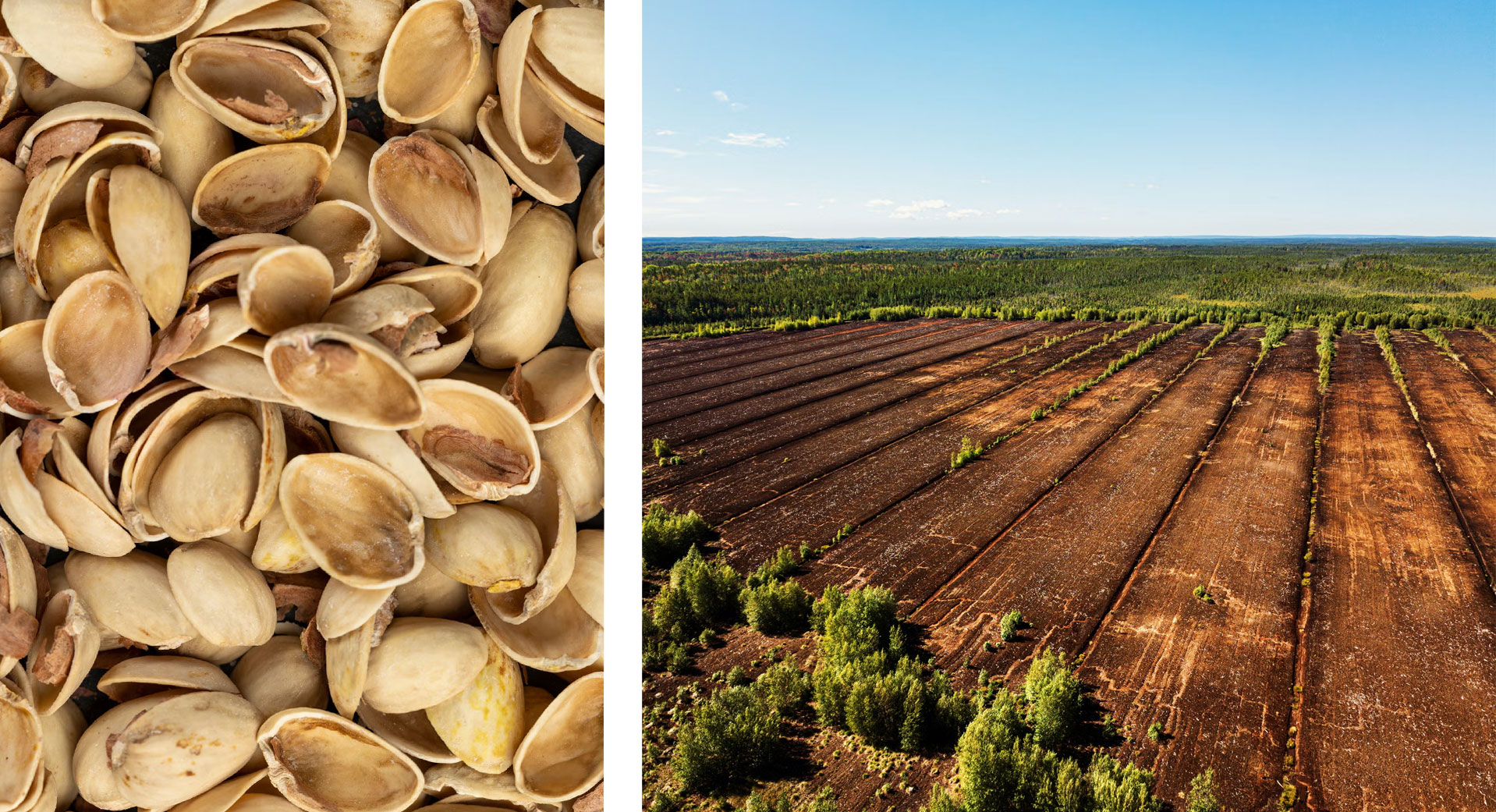
Jackson Gross, a researcher at UC Davis, has hit on a replacement for peat that uses an abundant byproduct of California’s booming agricultural industry: pistachio shells. This year he found that a soil mixture he developed boosted production of lettuce, tomatoes and cucumbers, and now he’s studying the nutritional content of crops grown in the new mixture.
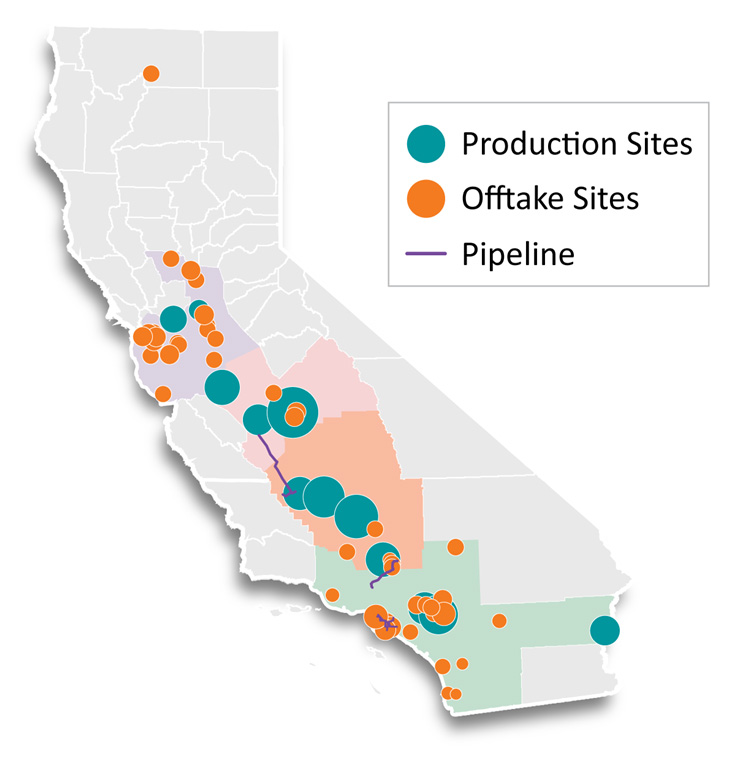
A UC-led consortium called ARCHES has proposed a slate of projects that balances clean hydrogen production, transportation and use.
8. Shedding light on deep-sea carbon sequestration
If we’re going to stay on the more livable side of the two-degree warming threshold, we’re not only going to have to drastically reduce greenhouse gas emissions. “All the best models that we have say that we have to do some form of carbon dioxide removal in order to hit climate goals,” said UC Santa Barbara geochemist Morgan Raven.
Raven has been studying one way to remove carbon from the atmosphere: harvesting plants grown on the surface and stashing them at the bottom of the ocean, where they can neither decompose nor escape to the surface. In research published this year, Raven identified areas of the seafloor called anoxic marine basins as the best, or as she put it, the “least bad” option for deep-sea carbon sequestration. These are deep, isolated pockets of the ocean, cut off from currents that could deliver oxygen or carry carbon toward the surface.
Of the three basins she studied, Raven found that the Black Sea in Eastern Europe holds the most promise for carbon sequestration. It’s isolated from the rest of the world’s oceans, and at a mile and a half deep and nearly 125,000 square miles in size, it’s big enough to hold enough carbon-rich biomass to make a difference for the climate.

9. A new material that passively absorbs carbon dioxide
Chemists have long sought to mimic the molecular interactions between plants, water, air and sunlight that fix carbon in leaves and soil. But most of the methods we’ve invented to remove carbon from the atmosphere — a set of technologies known as direct air capture — are costly, consume lots of energy, only work at high levels of atmospheric carbon concentration like the mouths of smokestacks, and wear out quickly.
Last month a team at UC Berkeley announced a major direct air capture breakthrough: a new substance that can passively filter carbon from the ambient air. Their creation is called a covalent organic framework. It’s a hexagonal arrangement of atoms studded with polyamine molecules that can efficiently snag passing carbon dioxide molecules at everyday concentrations.
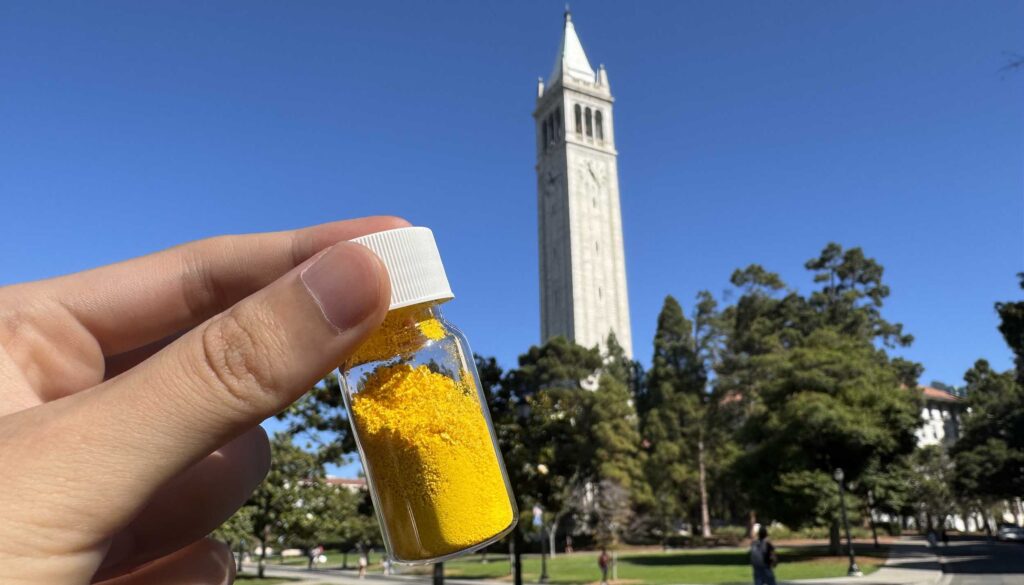
“We took a powder of this material, put it in a tube, and we passed Berkeley air — just outdoor air — into the material to see how it would perform, and it was beautiful. It cleaned the air entirely of CO2. Everything,” said Omar Yaghi, professor of chemistry at UC Berkeley and senior author of a paper announcing the breakthrough. Once saturated, the material can get heated up to break the bonds holding carbon dioxide to polyamine, then can be sent right back into service.
10. UC campuses report on pathways to decarbonization
UC research is also informing climate policy much closer to home. With funding from the State of California, sustainability experts on every campus have convened students, faculty and staff in the past year to study the most viable pathways toward eliminating greenhouse gas emissions from campus operations. Campus leaders submitted those state-funded decarbonization studies to the UC Office of the President in October.
“These studies are an important milestone in UC’s decarbonization process,” says UC Chief Sustainability Officer Matt St. Clair. “Last year at this time, we had a new policy goal stating that we’d reduce our systemwide emissions by 90 percent no later than 2045. Now, thanks to a year of effort and input from across our community, we know what we need to do to get there.”
